Understanding Commercial Loans
A Commercial Loan provides capital for various business purposes, such as acquiring assets, funding expansion, or covering daily operational costs (like payroll).


The business must explicitly state the loan's intended use during the application.
- Advantages: Provide essential access to capital and typically feature a relatively simple application process.
- Disadvantages: Funds are subject to strict use as declared, and interest rates are usually higher than those for residential loans.

Process for Obtaining a Commercial Loan
The process varies by lender, but generally involves these steps:
- Pre-approval/Qualifying Process: The lender evaluates the business's financial history, income, existing debt, and the loan's purpose to determine the risk level and the maximum potential borrowing amount.
- Formal Loan Application: The business submits a complete application package, generally including financial statements (income and asset) dating back at least three years, to confirm the ability to repay the loan.
- Review of the Loan Application: A Commercial Loan Officer reviews all due diligence documents, including credit history, present and projected income, and any business collateral.
- Underwriter and Loan Committee Review: The complete package is submitted to a Credit Adjudicator or Loan Committee for final review and approval. This step can take several days to a week and may require additional documentation.
- Term Sheet: If approved, the lender issues a Term Sheet—a formal document outlining the loan amount, fees, interest rate, and terms. After signing a Letter of Intent, the borrower often pays for required third-party reports.
- Loan Package and Closing: Once third-party reports (appraisal, title, insurance, etc.) are complete, the final package is reviewed by the Underwriter. Upon final clearance, the business proceeds to sign the closing documents.

Advantages of Non-QM Programs
The flexibility of Non-QM programs is their core advantage:
- Flexible Eligibility: They offer less stringent requirements regarding credit scores and DTI ratios.
- Easier Documentation: The process for reviewing financial documents and verifying employment is less stringent than for QM loans.

Downsides of Non-QM Programs
The increased risk associated with Non-QM loans translates into higher costs and fewer options:
- Higher Interest Rates: The interest rates are generally higher than those for Qualified Mortgages.
- Limited Lenders: Fewer lenders offer these programs, resulting in less selection compared to conforming loans.
- Higher Default Risk: Due to the less stringent verification process for income and assets, there is an inherent higher risk that these loans could default.
Ready to get started?
Schedule a free estimate with us today
